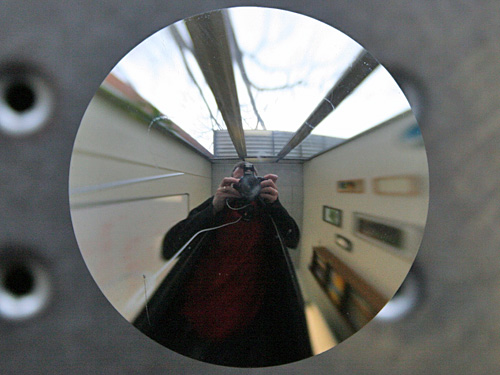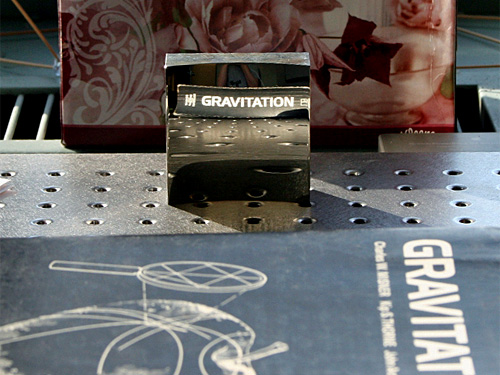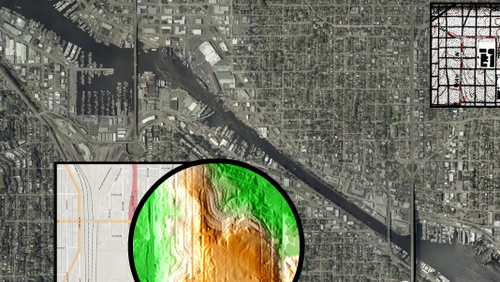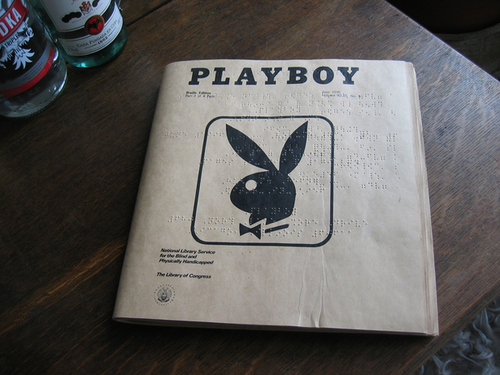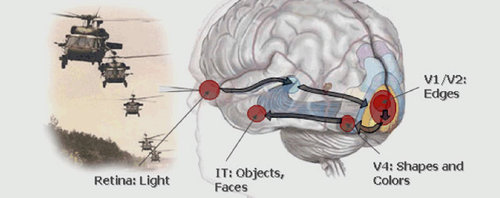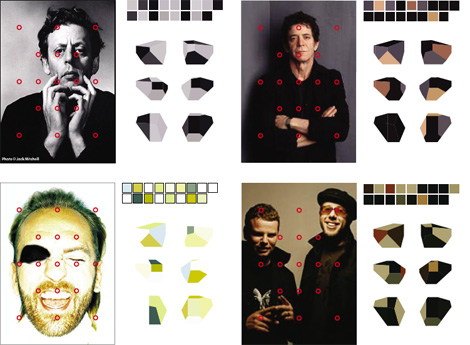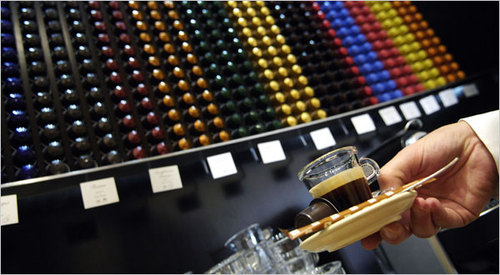![]()
“The Army’s soldier suit of the future, once left for dead, appears to be crawling back to life.
“After 15 years and a half-billion dollars in development, the Army officially cancelled the Land Warrior program, and its collection of electronic maps, GPS beacons, digital radios, and next-gen rifle scopes for infantrymen. All kinds of configurations of the wearable electronics were tried. But the gear always wound up being too bulky to justify the seemingly-modest help it provided frontline soldiers, the Army decided.
…
“And then, something rather odd and unexpected happened. The 4/9 — known since the early 1900’s as the “Manchus,” for their fighting in China — stripped Land Warrior down, made the gear more functional, and discovered the equipment could actually be pretty useful in combat.
“By consolidating parts, a 16-pound ensemble was whittled down to a little more than 10. A the digital gun scope was abandoned — too cumbersome and too slow for urban fights. And not every soldier in the 4/9 was ordered to lug around Land Warrior. Only team leaders and above were equipped.”
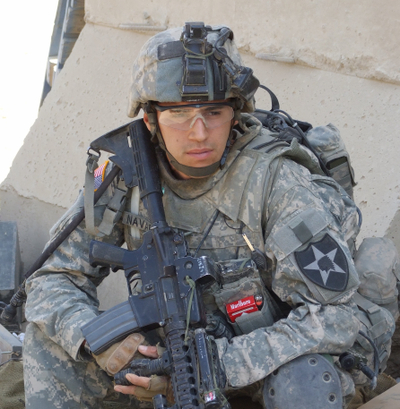
“The Army’s soldier suit of the future, once left for dead, appears to be crawling back to life.
“After 15 years and a half-billion dollars in development, the Army officially cancelled the Land Warrior program, and its collection of electronic maps, GPS beacons, digital radios, and next-gen rifle scopes for infantrymen. All kinds of configurations of the wearable electronics were tried. But the gear always wound up being too bulky to justify the seemingly-modest help it provided frontline soldiers, the Army decided.
…
“And then, something rather odd and unexpected happened. The 4/9 — known since the early 1900’s as the “Manchus,” for their fighting in China — stripped Land Warrior down, made the gear more functional, and discovered the equipment could actually be pretty useful in combat.
“By consolidating parts, a 16-pound ensemble was whittled down to a little more than 10. A the digital gun scope was abandoned — too cumbersome and too slow for urban fights. And not every soldier in the 4/9 was ordered to lug around Land Warrior. Only team leaders and above were equipped.”
